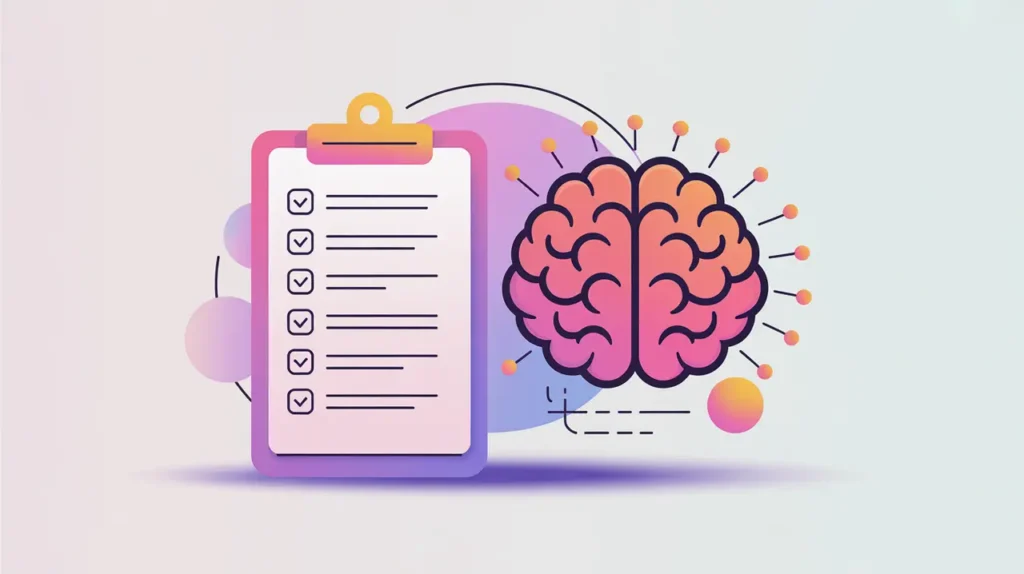Importance of Multimodal Models
Multimodal Models represent one of the most exciting frontiers in Artificial Intelligence, combining different types of data (such as text, images, audio, or video) into a single system that can understand and generate across modalities. Their importance today stems from the reality that human experience is multimodal: we communicate not only through language but also through visuals, sounds, and actions. These models move AI closer to that natural mode of interaction.
For social innovation and international development, multimodal models matter because they make complex information more accessible and usable in diverse contexts. A model that can analyze satellite images alongside local text reports, or translate speech into text while interpreting accompanying visuals, creates opportunities for more integrated decision-making in resource-limited environments.
Definition and Key Features
Multimodal Models are trained to process and align multiple data types simultaneously. For example, OpenAI’s CLIP links images with text by learning shared representations, while other models can generate images from textual descriptions or answer questions about videos. This approach builds on advances in transformers and attention mechanisms, which allow models to integrate information across different modalities.
They are not simply collections of separate systems stitched together. What distinguishes multimodal models is their ability to learn joint representations that capture relationships between modalities. This enables them to perform tasks like visual question answering, image captioning, or cross-modal retrieval. Their flexibility makes them particularly powerful in real-world settings where data rarely exists in a single, clean form.
How this Works in Practice
In practice, multimodal models work by mapping inputs from different modalities into a shared space where patterns can be compared and combined. For instance, text and images may be encoded into vector representations that allow the model to align words with visual features. Training often involves massive paired datasets, such as images with captions or audio with transcripts, which teach the model how modalities relate.
Once trained, these models can be fine-tuned for specific tasks. A multimodal system might generate a caption for an image, answer a question about a chart, or transcribe and translate spoken dialogue while referencing visual context. Their strength lies in versatility, but this comes with high demands for data and computation. Moreover, interpretability remains a challenge, as it is not always clear how the model integrates information across modalities.
Implications for Social Innovators
Multimodal models open new pathways for impact in social innovation and development. Humanitarian organizations use them to analyze satellite imagery of disaster zones while cross-referencing text-based field reports, enabling faster assessments of needs. Health programs are testing models that combine medical imaging with patient records to improve diagnostics in low-resource clinics.
Education initiatives deploy multimodal tools that merge text, video, and audio to create richer learning experiences for students, especially those with limited literacy. Agricultural programs apply them to process drone imagery of fields alongside farmer feedback, offering actionable advice on crop management. These applications illustrate how multimodal models can integrate fragmented data sources into coherent insights. The challenge for mission-driven actors is ensuring that training data reflects local realities and that outputs are accessible to communities, rather than reinforcing global imbalances in representation.







